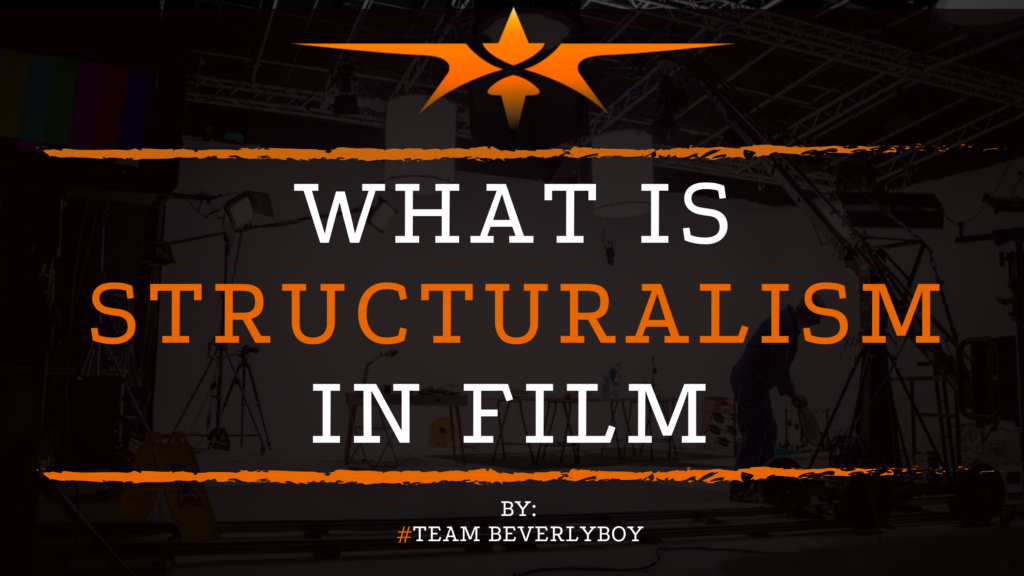What is Structuralism in Film?
Structuralism in film represents a theory. Otherwise known as structural film theory. Which effectively states that films convey meanings through the use of various codes, symbols, or conventions that resemble language structure. The structuralism theory came about in the 1960s and 1970s. When we went through what is sometimes referenced as the linguistic turn in film studies. And many of the academic studies that focused on filmmaking and film structure were heavily centered around language and linguistics.

At this time, film explanations focused on the use of language as the explanatory basis.
Structuralism: Science Behind Film Theory

Structuralism took a scientific approach to film theory. Essentially stating that all films had set structures such as specific patterns or relationships through which an audience can see or understand allowing the film to be enjoyed.
Basically, the structuralism in film theorists believed that the meanings behind films were the result of the interrelation of the films underlying elements within the system or structures of the film.
Hidden Codes in Plain Sight
Structuralists believed that films were able to convey meaning to audiences through the use of various structures or codes which were understood by the audiences.
In essence, the use of narrative, camera shots, or various other structural elements of the film such as lighting or props placement, are behind the meanings of film that are conveyed to the audience when structuralism in film is the focus.
Structural theorists believed that structuralism in film was similar to the use of languages in everyday conversations.
And the ways that language is used to convey meaning to one another through the use of words, sentences, and grammar. The underlying structural elements of language.
Structuralism Film Theory

So what is structuralism in film, and how does it further define film theory? Structuralism in film was an attractive focal point for many years. And continues to make up the foundation or basis of many other forms of content.
Structuralists analyzed the logic of cultural products or practices and their influence in building a foundation. Upon which film theorists could study and make implications on films.
Structuralism, or the structure of specific film elements such as shots, lighting, or scene display, can have a unique impact on the audience’s emotions, or perception of what is seen on the screen.
A filmmaker can elicit a particular human emotion simply by combining shots in order to evoke or convey a particular meaning.
For Example
If a filmmaker were to show a shot of a person with a blank expression. Followed by a shot of a buffet of food, followed again by a shot of that same original person. The audience will sense hunger.
Why? Because we know that the buffet is full of food. And when we see something we know, we alternatively can derive a complex feeling from an otherwise simple sequence.
Likewise, structuralism in film can be used to create and convey complex meanings without making major changes to anything but the structure of the film. Ie. the lighting, angle, shot, cultural context, or the arrangement of shots or scenes or other elements of the film.
In Summation
Thus, when someone asks, “What is structuralism in film?” The simplest answer is that structuralist film theorists provide audiences with a quick understanding of how film structural techniques are used.
Things such as lighting, sound, camera movement, shots, scenes, and other elements can be used to grab the attention of the audience. To convey various messages and that film is more than just images on a screen.
It’s a complex compilation of elements that, with structure, can create equally complex conscious thoughts.
*As an Amazon Associate we earn from qualifying purchases. We receive commissions for purchases made through links in this post.



